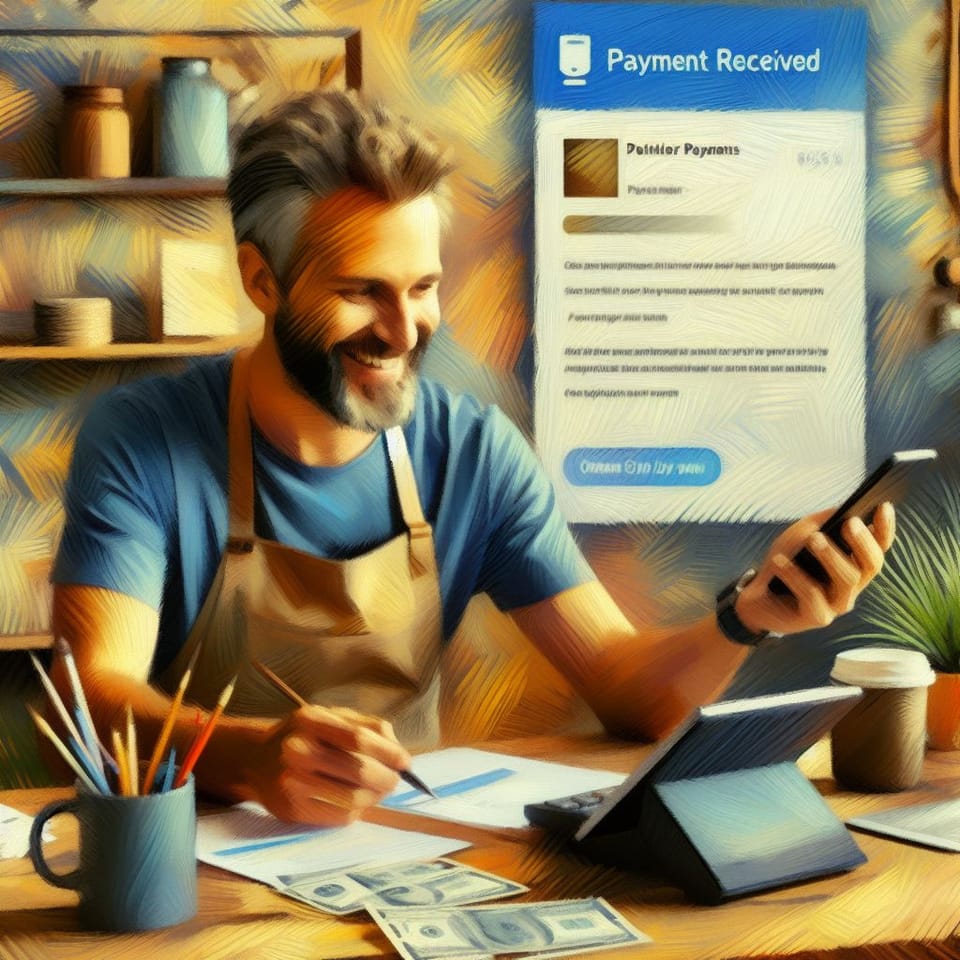The Ultimate Guide to Seamless User Experience (UX) in B2B Ecommerce

Introduction
As businesses continue to move towards digital channels, the checkout experience has become a crucial factor in driving sales and retaining customers. For payment leaders and decision-makers in financial institutions, it is essential to understand the current state of B2B ecommerce, the critical role that user experience (UX) plays, and practical best practices that can improve the checkout process.
In this article, we will explore the importance of providing a seamless checkout experience to your B2B customers, and how it can benefit your business. We will also highlight some of the key challenges that financial institutions and payment leaders need to consider when designing checkout experiences for B2B customers.
By the end of this article, you will have a better understanding of how a well-designed checkout experience can help to improve conversion rates, reduce cart abandonment rates, and enhance customer satisfaction.
The Current State of B2B Ecommerce:
B2B ecommerce has undergone remarkable growth, with businesses embracing online transactions. Some estimates value the global B2B ecommerce market at over $12 trillion, taking up 13% of total B2B sales in the US. This shift necessitates businesses to reimagine their online experiences to meet evolving customer expectations.
The Importance of UX in B2B Ecommerce:
In B2B ecommerce, a seamless user experience is paramount. A study by Accenture highlights that 80% of B2B buyers consider a convenient buying experience essential for becoming repeat customers. To gauge the effectiveness of UX strategies, businesses and payment solution providers must focus on key metrics.
Key Metrics for B2B Ecommerce UX:
1. Conversion Rate: This metric measures the percentage of visitors who complete a purchase. A high conversion rate indicates an intuitive and optimized checkout process that encourages buyers to follow through.
2. Cart Abandonment Rate: Cart abandonment occurs when users leave without completing a purchase. Monitoring this metric helps identify pain points and areas for improvement in the checkout process.
3. Average Order Value (AOV): AOV signifies the average amount spent by customers in a single transaction. Enhancing the checkout experience can potentially increase AOV as customers find it easier to add more items to their carts.
Best Practices for Excellent B2B Ecommerce UX:
1. Keep It Simple, Smarty:
Example: Utilize a one-page checkout that consolidates all necessary information and steps into a single, easy-to-navigate page. By minimizing friction and keeping the process straightforward, businesses can enhance the overall user experience and drive higher conversion rates.
Insight: Multi-step checkouts can lead to higher abandonment rates, while a streamlined one-page checkout reduces distractions and provides a clear path to completion.
2. Clear and Concise Forms:
Example: Implement an intelligent form design that auto-populates information based on previous interactions and data stored in the system. By reducing manual data entry and providing a seamless form-filling experience, businesses can streamline the checkout process for their B2B customers.
Insight: Autofill and intelligent form design can significantly improve form completion rates and overall user satisfaction.
3. Transparent Pricing and Charges:
Example: Provide detailed product listings that include pricing breakdowns, shipping costs, and any applicable fees. By offering comprehensive information upfront, businesses establish transparency, making it easier for buyers to make informed purchasing decisions.
4. Guest Checkout: No Strings Attached:
Example: Allow users to make purchases without requiring an account setup. By eliminating the barrier of account creation, businesses can encourage users to complete their purchases promptly.
Insight: By providing a hassle-free guest checkout option, businesses remove a significant barrier to purchase and increase the likelihood of completing transactions.
5. Trust Signals: Building Confidence:
Example: Display security badges, certifications, and industry accolades to establish trust and credibility. By showcasing a commitment to data security and industry recognition, businesses can foster trust in their B2B customers.
Insight: Trust signals, such as security badges and certifications, positively influence user perceptions of website trustworthiness.
6. Mobile Optimization: On-the-Go Shopping:
Example: Optimize the checkout process for smaller screens and streamline the user flow for mobile users. By prioritizing mobile responsiveness and usability, businesses enable B2B customers to effortlessly complete purchases on their smartphones or tablets.
Insight: According to a report by Statista, mobile commerce (m-commerce) is on the rise, with an increasing number of B2B buyers using mobile devices for their purchasing needs.
Research from Linearity indicates that mobile-friendly experiences significantly impact user behavior, with 79% of users stating they are more likely to revisit and purchase from mobile-friendly sites.
Beyond the Transaction: Extending B2B Ecommerce Experience:
A solid B2B ecommerce experience extends beyond the checkout, fostering stronger client relationships and loyalty. Consider the following strategies:
1. Personalization: Tailor the experience based on customer preferences, order history, and industry-specific needs. Provide personalized recommendations and relevant content to create value.
2. Post-Purchase Support: Offer exceptional support, including order tracking, easy returns, and prompt customer service. Strengthen the relationship beyond the transaction.
3. Continuous Improvement: Regularly analyze user feedback, conduct usability testing, and monitor key metrics. Embrace a culture of continuous enhancement to meet evolving customer needs.
Conclusion:
A well-crafted user experience wields significant influence over conversions, relationships, and customer loyalty in B2B ecommerce. By implementing best practices, such as simplicity, transparent pricing, trust signals, and mobile optimization, businesses can create a frictionless checkout experience that encourages customers to complete their purchases.
Remember, the journey extends beyond checkout. Personalize the experience, provide post-purchase support, and continuously improve to build stronger client relationships and foster loyalty. Embrace these best practices, listen to your customers, and watch your B2B ecommerce thrive.
